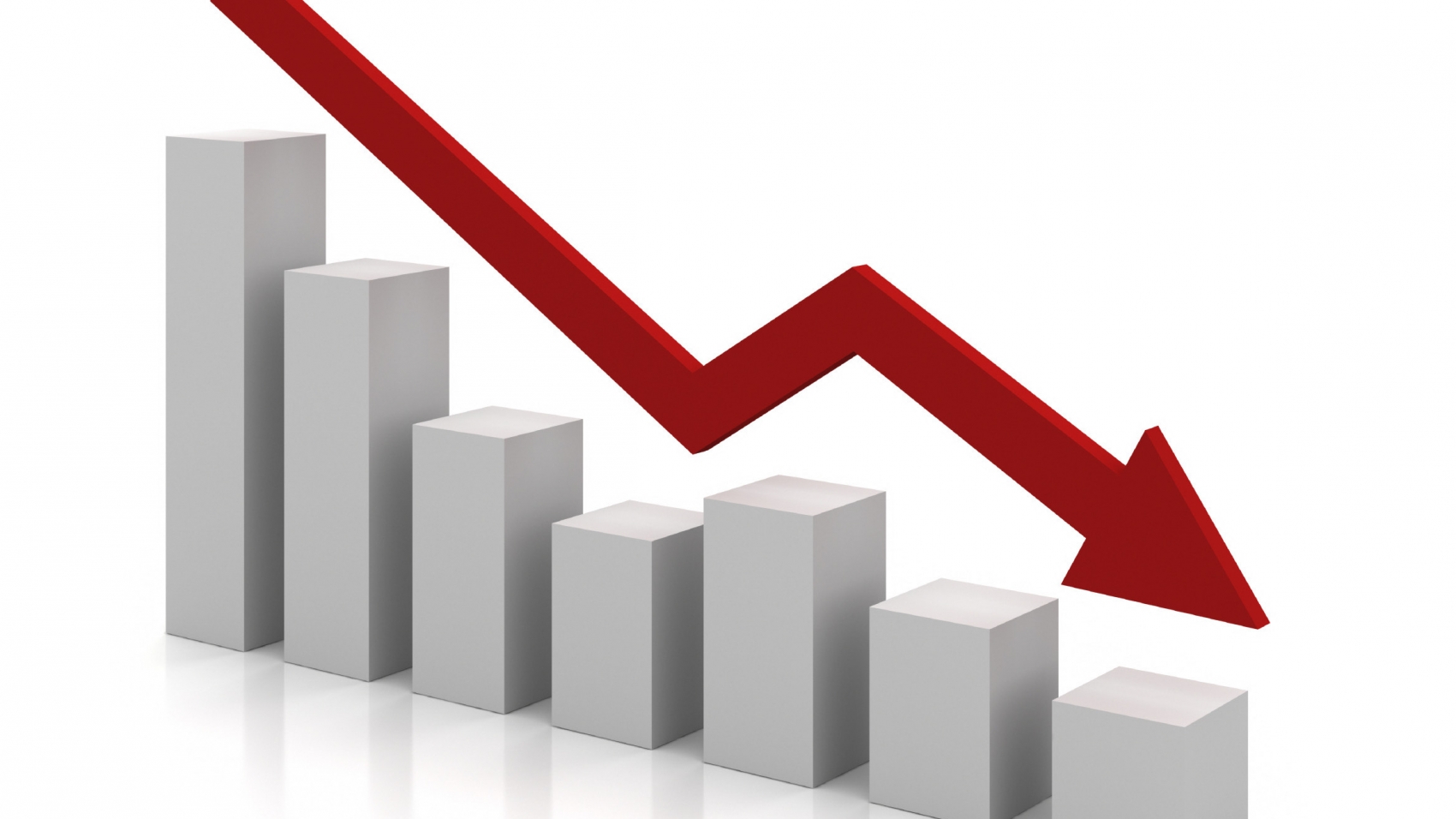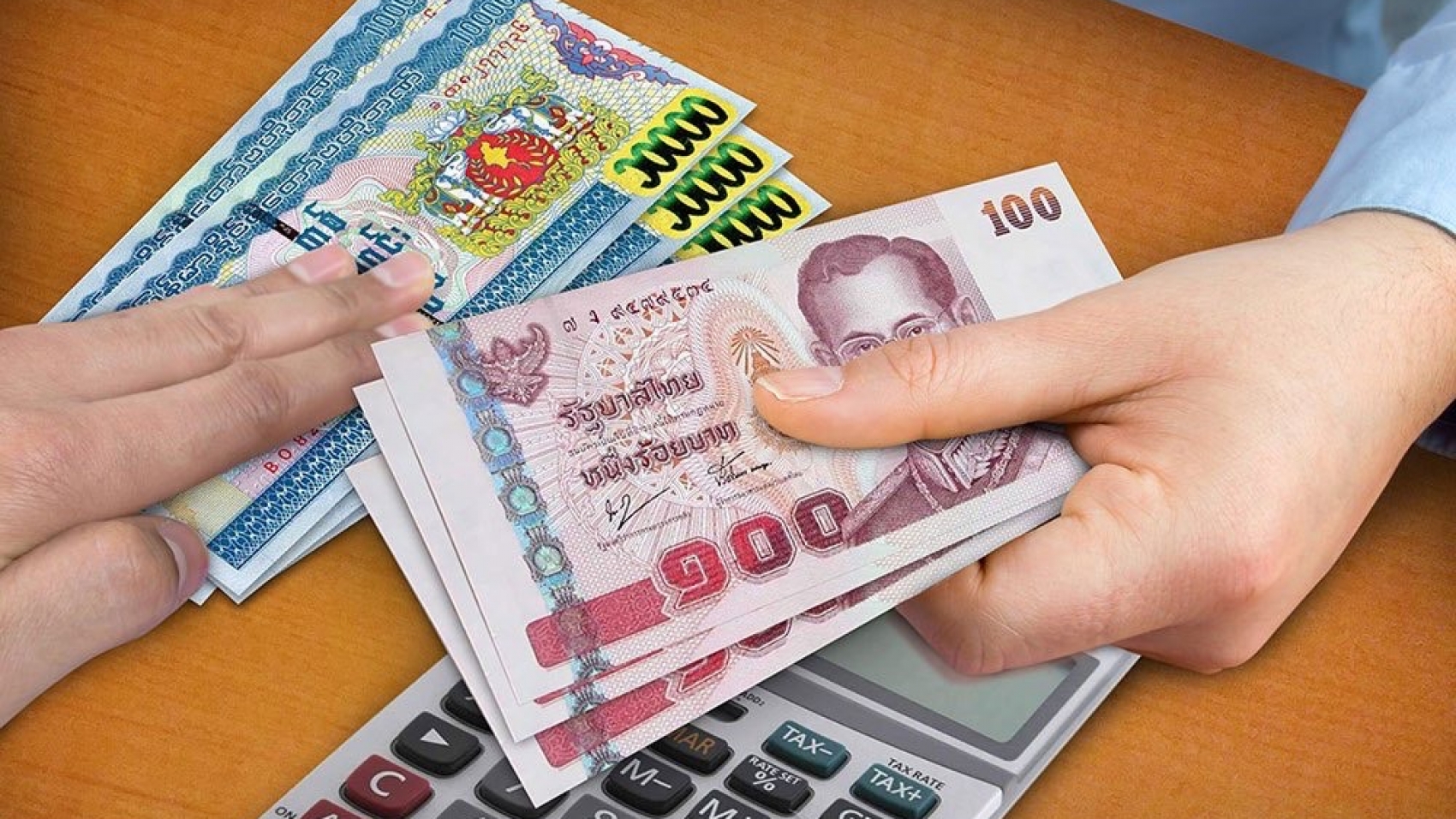The exchange rate of the US dollar has been on the decline against Myanmar Kyat in the domestic currency market, a dropping by over K20 in over two weeks, according to the Central Bank of Myanmar. The rate went down from K1,447 per dollar on 22 February to K1,423 per dollar on 10 March in the domestic exchange market.
Similarly, the domestic gold price is also dropping in the market. The price per tical (0.578 ounces, or 0.016 kilograms) of gold was around K1,410.000 on 3 February but had dropped to K1,325,000 by 10 March. In the domestic market in 2021, the highest and lowest exchange rate is currently fixed around K1,327-1,345 in January and K1,330-1,447 in February.
This year, the exchange rate moved in the range of K1,465-1,493 in January, K1,436-1,465 in February, K1,320-1,445 in March, K1,395-1,440 in April, K1,406-1,426 in May, K1,385-1,412 in June, K1,367-1,410 in July, K1,335-1,390 in August, K1,310-1,355 in September, K1,282-1,315 in October, K1,303-1,330 in November and K1,324-1,403 in December. In the last six months in 2019, the rates were fixed at K1,508-1,517 in July, K1,510-1,526 in August, K1,527-1,565 in September, K1,528-1,537 in October, K1,510-1,524 in November and K1,485-1,513 in December. On 20 September 2018, the dollar exchange rate hit a record high of K1,650 in the local exchange market.
Source: The Global New Light of Myanmar


